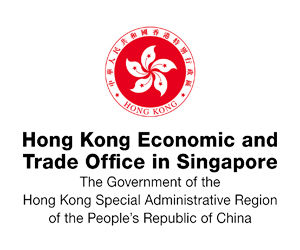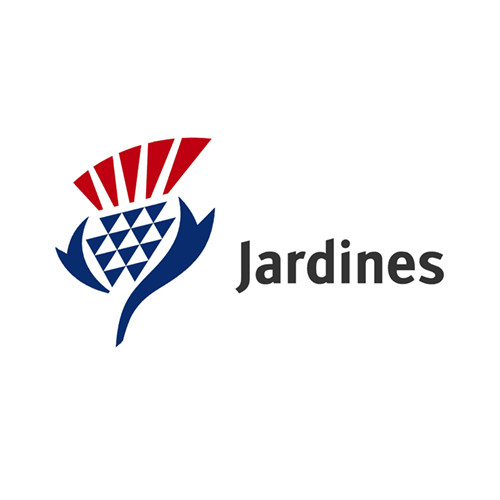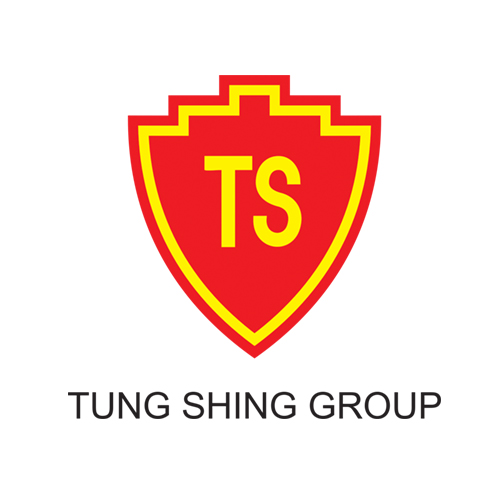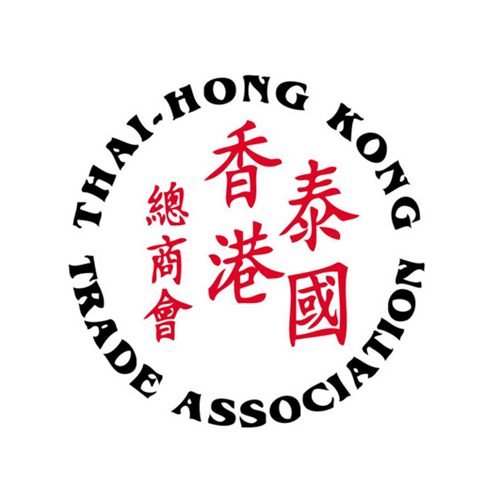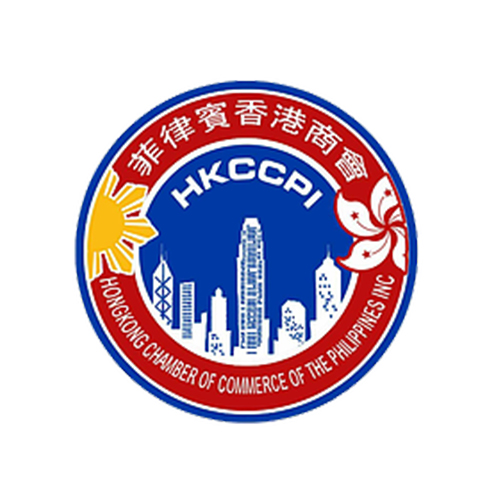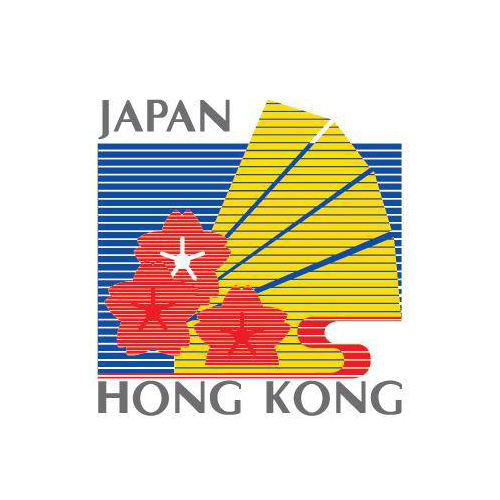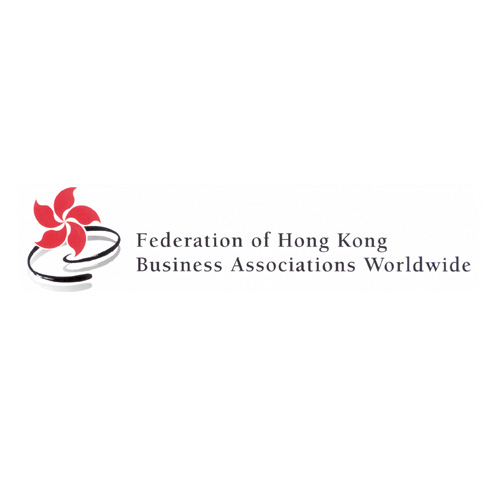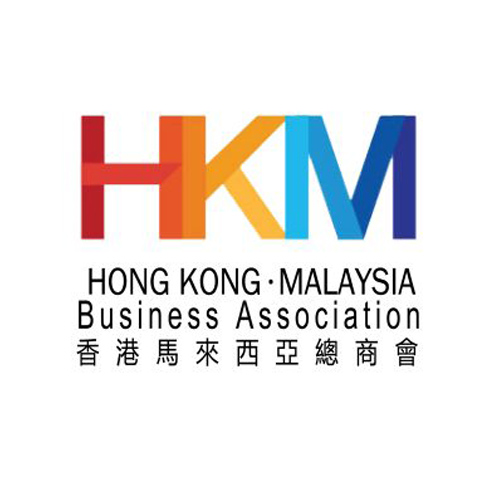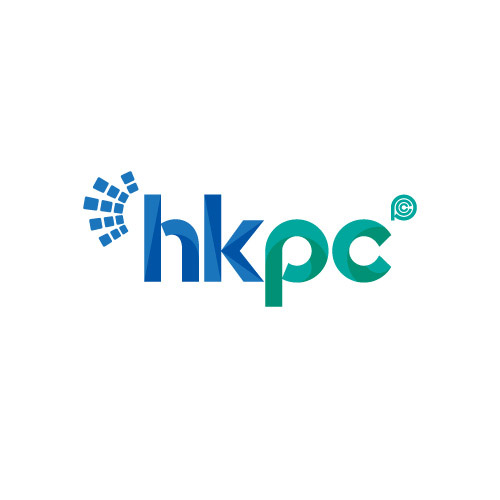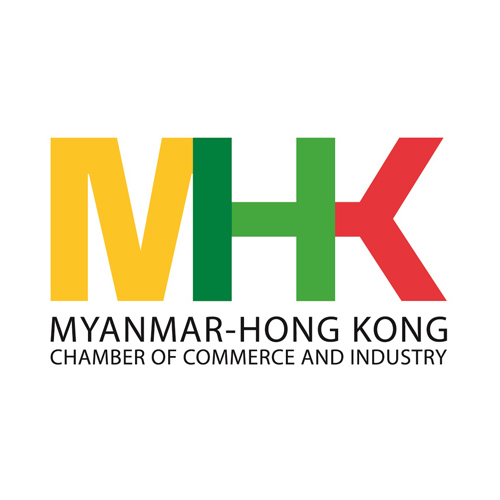Want to be in the loop?
subscribe to
our notification
Business News
SUPPLY CHAIN OPTIMISATION BOOSTS GARMENT FIRMS' COMPETITIVENESS
Investing in logistics and applying lean management are considered two of the solutions to optimise the supply chain, helping domestic garment and textile firms to solve the issues related to warehousing operations to save costs and increase competitive capacity.
The concept of global supply chains is not unfamiliar to import and export enterprises in the context of the Vietnamese economy becoming a market economy and international integration during the past 30 years. However, most Vietnamese enterprises, especially garment and textile firms, only participate in secondary supply chains with low added-value.
According to Nguyen Van Nam, director of the Research Institute for Brand and Competition Strategy, the outstanding disadvantages of the Vietnamese supply chain are its backwardness and lack of consistency.
At present, only 21 per cent of small- and medium-sized enterprises are part of the global supply chain, while the figure is 30 per cent in Thailand and 46 per cent in Malaysia. The logistics expenses of domestic enterprises is double or triple of those in a number of countries with similar economic conditions to Vietnam.
The expanded costs on logistics have hugely affected the segments of garment and textile, footwear, and electronics that employ a large number of labourers and run huge exports and imports, are hugely dependent on input, and have produce low added value.
According to Vietnam Textile and Apparel Association (Vitas), as of the end of 2016, logistics costs accounted for one-third of selling prices.
To resolve the issue, many firms apply technology to better manage warehousing as well as optimise their supply chains. Accordingly, commonly used technologies are backing up the bills and contracts, and automatically transferring documents between firms.
Pham Kien Cuong, business development vice manager at Vinafco JSC, a logistics firm established in 1987, said that applying technologies to the supply chain will save 5 per cent of the firm’s costs, expenses will be narrowed to 0 per cent, and personnel will be reduced by 25-30 per cent.
However, Cuong also told VIR that despite the huge advantages, the number of garment and textile firms applying technology to their supply chains is very small.
“Garment and textile products are quite simple and easy to manage, which is different from electronic products that require high accuracy. Therefore, garment and textile companies rarely invest in their management systems and only focus on buyers,” Cuong explained.
“Garment and textile firms will receive huge benefits from applying technology to their whole logistic systems. However, only applying technology to warehouse management do not help them save costs.” Cuong added.
Along with the investment in logistics, applying the lean management model is another optimal solution to optimise the supply chain.
According to Nguyen Dang Minh, chairman of the Advisory Board of GKM Lean Institute (GKM Vietnam Co., Ltd.), at present, 15 per cent of garment and textile firms apply lean management models in their operation and started to reap the sweet fruits, including Garment 10 JSC and Hung Yen Garment Corporation.
However, if they only apply mechanically lean management models from other countries without making changes to suit the Vietnamese environment, they will only be able to exploit 70 per cent the method’s value.
Minh added that the “Made in Vietnam” lean management model developed by Vietnamese people suits all industries in Vietnam, including the garment and textile industry, which employ a massive number of people, because this model focuses on changing people’s mindset.
By the way, the model revolves around gaining profit or creating added values for the company by utilising the employees’ intellect to continuously improve the business process and minimise costs. In order to increase profit, firms have to keep constant revenue flows or accelerate the company’s income gradually, while at the same time reducing and eliminating waste as much as possible.
However, the model is just one solution, the important thing is to shift the mindsets of company leaders and employees, which requires huge commitment and determination.
Source: VIR
Related News
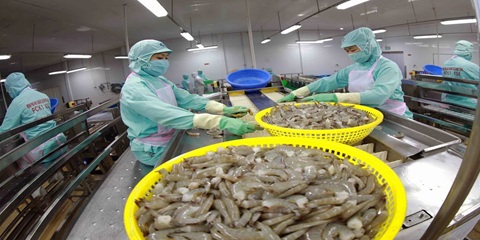
VIETNAM’S SEAFOOD EXPORTS HIT OVER US$10 BILLION IN JAN-NOV
Seafood export revenue in November alone amounted to nearly US$990 million, up 6.6% year-on-year. Key product groups posted solid gains. Shrimp exports rose 11.7% to over US$385 million, supported by strong demand for whiteleg shrimp and lobster. Tra fish shipments increased 9.7% to almost US$197 million, while marine fish, squid, and mollusk exports maintained their recovery.

VIETNAM’S AGRO-FORESTRY-FISHERY EXPORTS HIT NEW RECORD IN JAN-NOV
Vietnam’s agro-forestry-fishery export revenue reached an estimated US$64.01 billion in the first 11 months of 2025, up 12.6% year-on-year and surpassing the full-year record of US$62.4 billion set in 2024. Agricultural exports reached US$34.24 billion, up 15% year-on-year, while livestock products brought in US$567.4 million, a 16.8% increase. Seafood exports rose 13.2% to US$10.38 billion, and forestry products earned US$16.61 billion, up 5.9%.

HANOI REPORTS RECORD-HIGH BUDGET REVENUE IN 2025
Hanoi’s budget revenue is estimated to reach VND641.7 trillion in 2025, the highest level ever recorded and nearly 25% above the revised target, according to a report by the municipal government. Data from the city’s socioeconomic performance review shows that total state budget collections in 2025 are projected to reach 124.9% of the adjusted plan and rise 24.9% from 2024, the Vietnam News Agency reported.
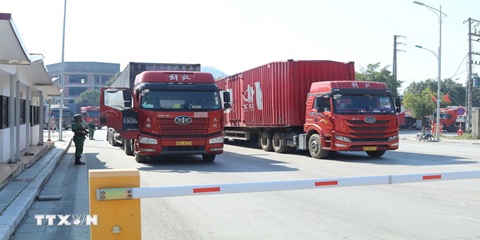
VIETNAM, CHINA TO PILOT TWO-WAY CARGO TRANSPORT AT LANG SON BORDER
Vietnam and China will launch a one-year pilot program on December 10 to allow two-way cargo transport through the Huu Nghi–Youyi Guan international border gates in Lang Son Province, reported the Vietnam News Agency. The Dong Dang-Lang Son Economic Zone Management Board said the trial aims to reduce transport costs and improve customs clearance capacity.
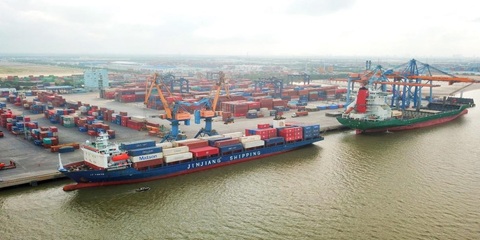
VIETNAM’S IMPORT-EXPORT VALUE NEARS US$840 BILLION IN JAN-NOV
The total value of Vietnam’s imports and exports was nearly US$840 billion between January and November this year, the highest level ever recorded, according to the National Statistics Office. In its latest report on the country’s socio-economic performance, the National Statistics Office highlighted a series of positive economic indicators, with trade emerging as one of the strongest drivers of growth.

OVER 19 MILLION INTERNATIONAL VISITORS COME TO VIETNAM IN JAN-NOV
Vietnam received more than 19.1 million international visitors in the first 11 months of 2025, a 20.9% increase year-on-year and the highest level ever recorded, according to the National Statistics Office. The figure surpasses the full-year record of 18 million arrivals set in 2019, before the Covid-19 pandemic. Nearly two million foreign visitors arrived in November alone, up 14.2% from October and 15.6% from the same period last year.
